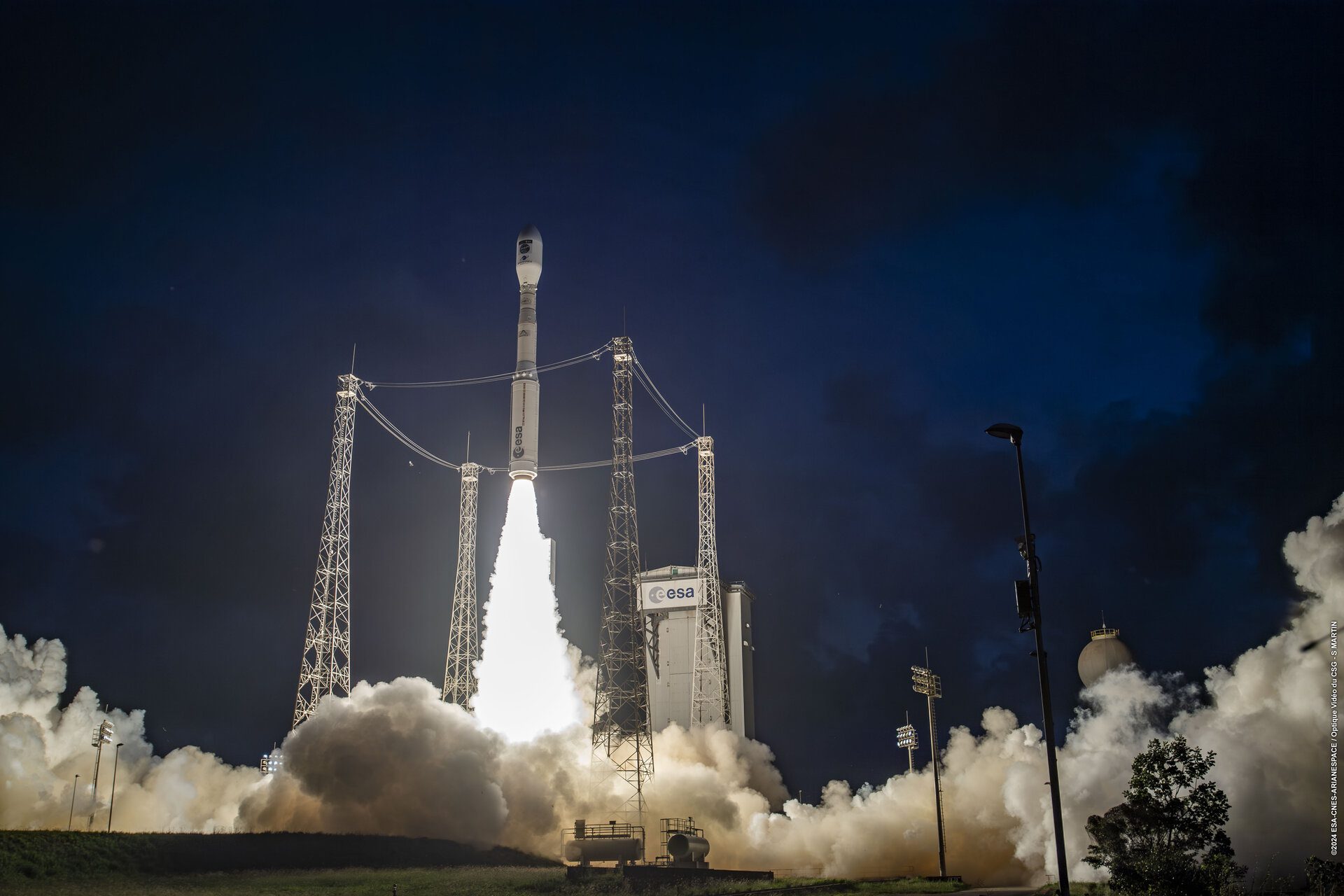While Orbital Sciences Corp was rightly congratulated by NASA for its successful launch of its Antares 110 launch vehicle, there is something strange about the fate of its satellite payloads. Specifically, four out of the five (the Cygnus Mass Simulator, the Dove 1 triple-cubesat sized satellite, and Phonesat 1.0-1. and 1.0-2 cubesats) had already re-entered the Earth’s atmosphere within six days of their launch on 21 April. This seems a very short time. For example, before their launch, the single cubesat Phonesats were expected to remain 14 days in orbit.
Perhaps the increased solar weather activity (which increases atmopsheric drag) could be to blame for the apparent shortening of their lifespan? Or perhaps there was a different strategy in placing the satellites in orbit? Only a single satellite, Phonesat 1.0-3 (2013-016D), as deployed by a Spaceflight ISIPOD delivery delivery device, now remains in orbit. According to the Flightglobal/Ascend space team’s interpretation of the US Space Command’s orbital data, it appears that Phonesat 1.0-3 (2013-016D) was placed some 60km higher than the others.





